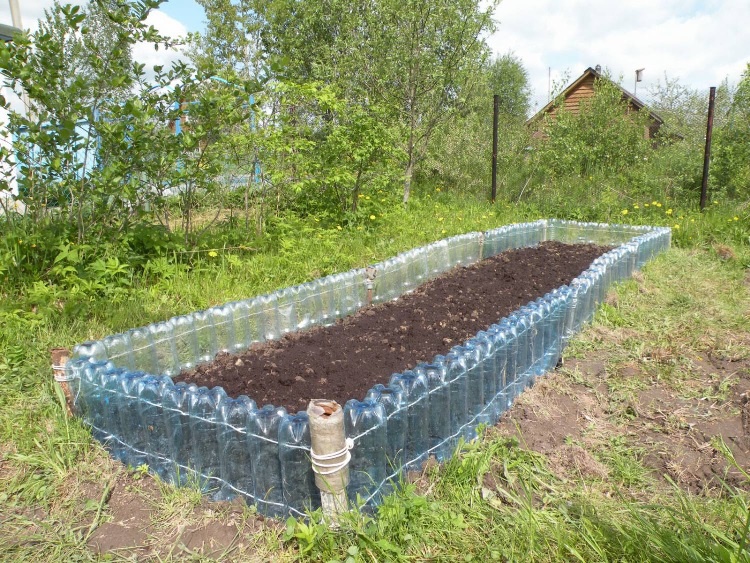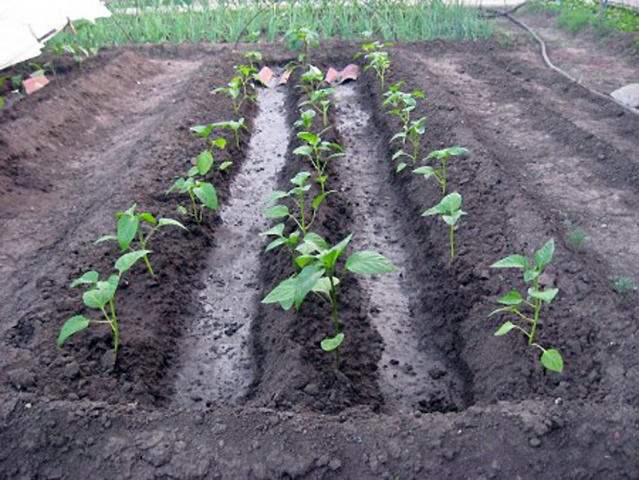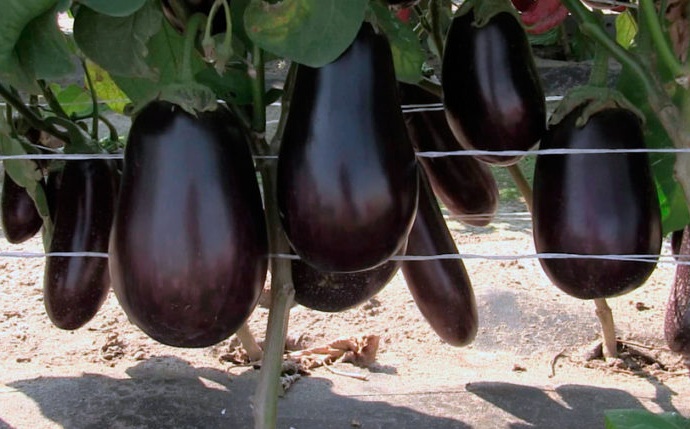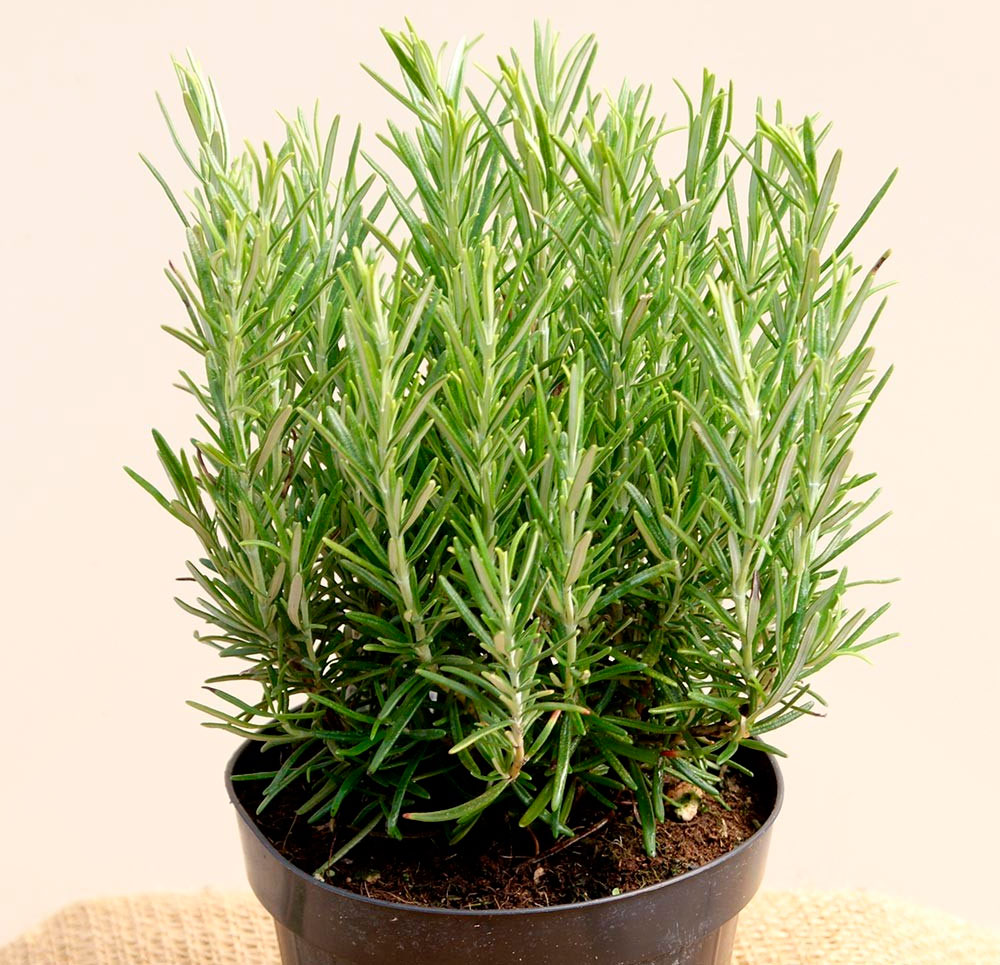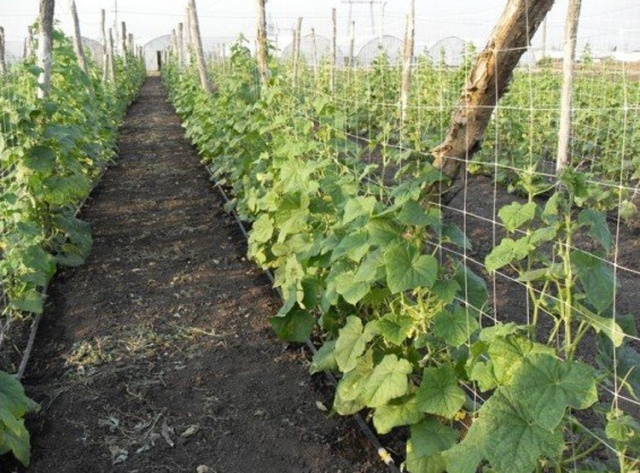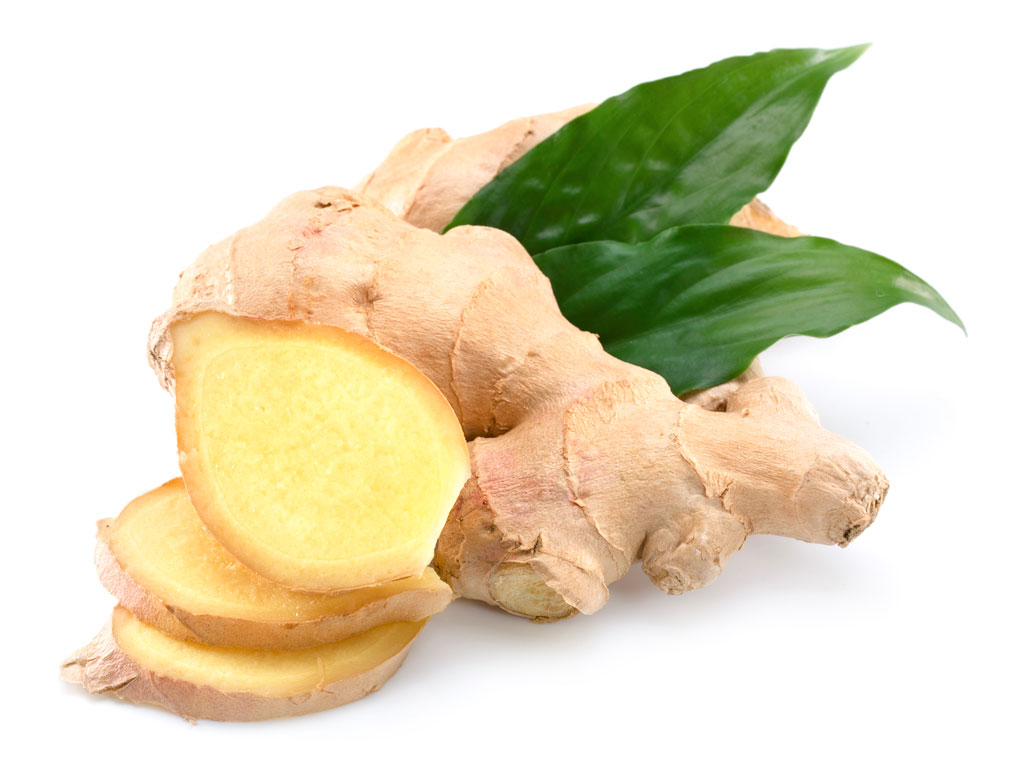Content:
Eggplant is a very warm and moisture-loving vegetable crop. From germination to the beginning of fruiting takes from 3 to 4 months, which is why in the conditions of Moscow and the Moscow region, "blue" are grown only by seedlings. Seeds for seedlings must be sown in March, but no later than the third decade, since by the time of planting on the beds, the plants must be at least 80 days old. As a rule, eggplant seedlings are planted in this area in the second or third decade of May.
In the open field in the Moscow region, eggplants grow well, but you need to choose varieties and hybrids that are zoned for this climate. To make the plants happy with a good harvest, it is recommended to grow hybrids: King of the North, King of the Market, Swan Lake and Giselle.
How to grow eggplants outdoors in the Moscow region
Before planting seedlings in a permanent place, the beds should be prepared first. The place for them is chosen taking into account the correct crop rotation. Melons and greens are good predecessors for eggplant.
When a place for future beds is chosen, you need to prepare the soil itself. It must be neutral and contain a large amount of organic fertilizers necessary for the good growth and development of these capricious plants. If the soil on the site has high acidity, then it needs to be lowered. For this, dolomite flour or chalk is used.
Eggplants grow best on loose and loamy soil. To do just this, you need to fill the soil with a lot of sand at the rate of 1 bucket per 1 sq. m beds. It is also recommended to add sawdust, but they must be rotted. All this is mixed, dug up and leveled. Eggplant beds should be well lit and protected from strong winds.
How to plant eggplants correctly
It is necessary to plant eggplant seedlings in open ground in the Moscow region only when the threat of recurrent frosts has completely passed. As a rule, this is the second half of May. It should also be borne in mind that eggplants are a very thermophilic garden crop. For the formation of fruits, plants need a temperature of at least 20 ° C. At lower temperatures, plants not only stop blooming and set fruit, but also begin to hurt.
Seedlings at the time of planting on the beds should have at least 5, and preferably 6 true leaves.
Eggplants love a lot of sunlight and need good ventilation, which is why they cannot tolerate thickened planting. However, there are tall varieties and hybrids, and there are undersized ones. And the planting rate per 1 sq. m is different for all these varieties and hybrids. Tall varieties and hybrids (more than 1 m in height) are planted at the rate of 3 plants per 1 sq. m beds. It is impossible to plant them denser, since such eggplants have spreading bushes, which, with a more dense planting, will interfere with each other. But undersized varieties and hybrids of eggplant can be planted at the rate of 4-5 plants per 1 sq. m.
When planting, eggplant seedlings, unlike tomatoes, are not buried.They plant it in the same way as it grew and in pots. Planting seedlings is best done in the evening, and at the end it is advisable to cover it with a covering material. It is recommended to do this even if the threat of return cold has completely passed. The covering material will help the plants adapt faster in a new place, protecting them from wind, dew and other adverse weather conditions. After about 5-7 days, the non-woven material can be removed, during these days the seedlings are already fully adapted and will grow.
Care and cultivation of eggplant: advice from experienced gardeners
Eggplant is a capricious culture, but it will delight you with a good harvest if properly cared for. First of all, young plants need abundant watering. In the first 2-3 weeks after planting eggplant seedlings in open ground, they should be watered often: in dry weather, every other day. Eggplants love a lot of water. Some gardeners make a big mistake when they water often, but little by little. For one young plant (from planting in open ground up to a month), 5 liters of water should be poured, and for one adult plant (from 1 month after planting on the garden) - 10 liters of water at all.
Eggplants will not be full with watering alone. They need additional nutrients for good development and fruiting. To do this, during the growing season, the plants are fed 3-4 times. The first feeding is carried out 7-10 days after planting the seedlings in a permanent place. Urea or saltpeter is best suited, since at this time (late spring-early summer) nitrogen is badly needed for plants. If it is urea, then put 1 tbsp in a bucket of water (10 l). a spoonful of fertilizer, and if it is ammonium nitrate (not to be confused with calcium), then the dose is increased to 2 tbsp. applied to 10 liters of water. The feeding rate is 2-3 liters per 1 young plant. Before fertilizing, the beds should be shed abundantly. They also need to be shed after feeding - water will quickly deliver nutrients to the root system.
The second time, eggplants are fed with nitrogen fertilizers. This is done 10-14 days after the first feeding. Then, in the phase of the beginning of fruiting, the plants are twice given phosphorus-potassium fertilizers. Phosphorus-potassium fertilizers are responsible for fruit formation, good root function and protect plants from disease. Nitrogen at this time is already contraindicated for them.
Throughout the summer, the weeds in the beds are weeded out, since the weed takes up a large amount of water and nutrients that are so necessary for these plants.
Tall varieties and hybrids need a garter, as strong winds can knock down powerful plants and break even worse. The support should be high - up to 1 m in height. But undersized varieties and hybrids of this garden culture can not be tied up, they perfectly withstand bad weather due to their small growth.
Growing eggplants in a greenhouse in the suburbs
Some gardeners are skeptical about the cultivation of eggplant plants in the open field in the capital region, and therefore prefer to plant this thermophilic crop in polycarbonate greenhouses.
In general, the agricultural technology of growing "blue" in a greenhouse does not differ much from open ground, but many are interested in when to plant eggplants in a greenhouse in the Moscow region. This period is also determined based on the temperature, but the favorable time for planting occurs in the greenhouse, as a rule, 1 week earlier than in the open field. In addition, the crop in greenhouses can also be obtained 1-2 weeks earlier due to the more favorable microclimate for these capricious plants.However, this will be possible only if all the basic principles of agricultural technology are observed. We also add that this effect can be achieved by planting eggplants in a regular greenhouse. Moreover, some experienced gardeners say that it is a greenhouse that is best suited for growing eggplants than a greenhouse.

